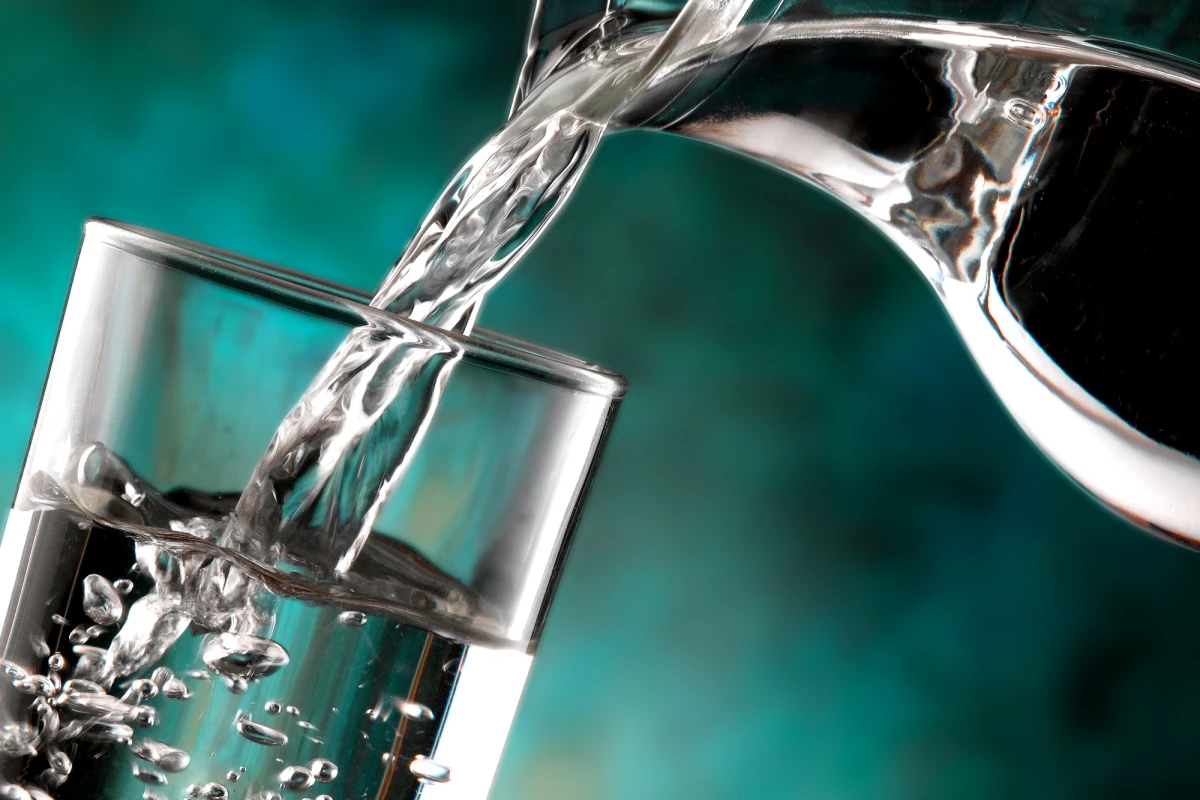
Scientists at Brown University
have demonstrated a promising new water purification technology that takes
advantage of the tiny gaps in stacked sheets of graphene to filter out
contaminants with great efficiency. The technology overcomes one of the key problems
in this area of research, with the team behind it hopeful it can prove useful
in a range of settings.
Graphene is a two-dimensional sheet of carbon measuring just a single atom in thickness and possesses a range of highly useful attributes. Among these is an ability to act as a water filtering tool, with the material able to be fashioned into membranes that allow the passage of water molecules while trapping impurities in the liquid.
This could include pulling salt from seawater, or cleaning contaminants from the water sources in heavily populated areas such as Sydney Harbour. The Brown University team were investigating how these types of technologies might be improved upon, and were investigating how stacks of graphene sheets could be manipulated in different ways to produce better results.
When these graphene sheets are stacked on top of one another, it creates nanochannels in between them that can be used for filtration. This means water can be fed into the stack, and runs through the material lengthways, contaminants filtering out as it goes. The way the Brown University team sees it, things would be far more efficient if the water could instead be filtered in a vertical direction, and only need to pass through the thickness of the material, rather than its entire length.
Forming the necessary nanochannels in a vertical orientation, however, has proven difficult. The researchers found a way around this by first stacking the graphene sheets onto an elastic substrate that has been stretched out. Releasing the tension then causes the sheets to wrinkle up into peaks and valleys as the substrate contracts.
The team was able to do this in a way where the wrinkles created almost vertical channels, with the whole thing encased in epoxy and the tops and bottoms trimmed away so the channels are open at either end. In testing, water vapor was able to pass through the vertical channels easily while a larger molecule, called hexane, was successfully filtered out.
“What we end up with is a membrane with these short and very narrow channels through which only very small molecules can pass,” says co-author Robert Hurt. “So, for example, water can pass through, but organic contaminants or some metal ions would be too large to go through. So you could filter those out.”
The team is now continuing to develop its novel water filter, and hopes that it can one day find use in household and industrial applications.
The research was published in the journal Nature Communications.

 Previous page
Previous page Back to top
Back to top







